Amphitheatrum Flavium - Kolosseum

 Condividi
Condividi
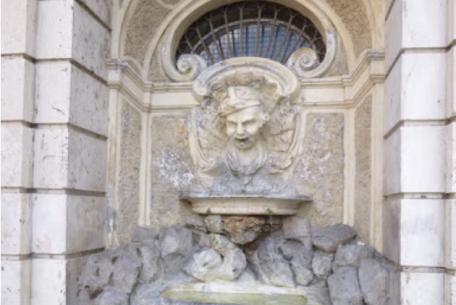
As the plaque above it proclaims, the small marble fountain was built by an unknown artist in 1774, at the time of Pope Clement XIV, on the occasion of the restora
[...]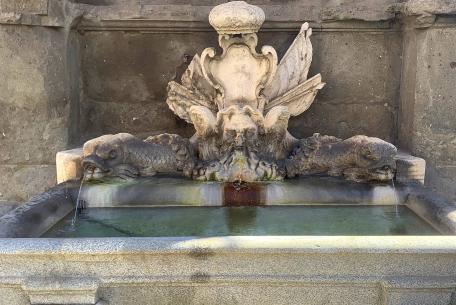
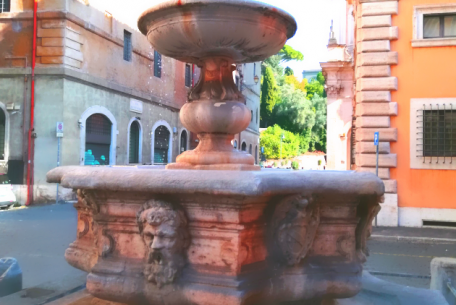
Der Brunnen wurde von Pompilio De Benedetti nach einem Entwurf von Giacomo Della Porta im Jahr 1589 erbaut.
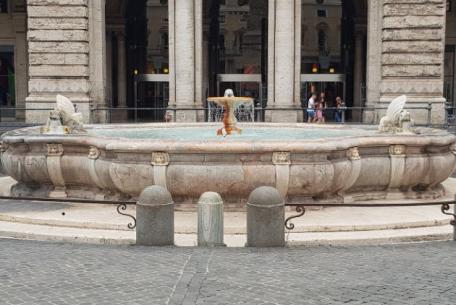
This fountain was designed by Giacomo Della Porta and built by the sculptor Rocco Rossi from Fiesole in 1575 and completed in 1577.
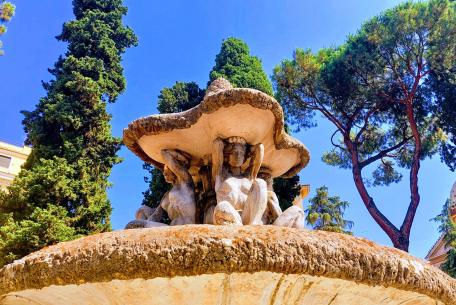
Im Jahr 1924 schrieb die Stadtverwaltung einen Wettbewerb zur Gestaltung von fünf Brunnen in neu errichteten Stadtvierteln aus.
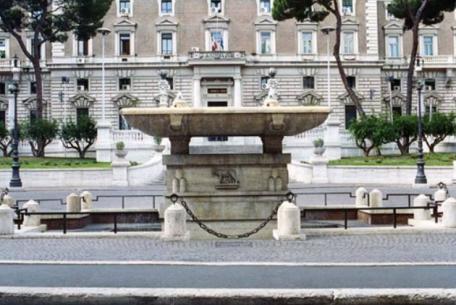
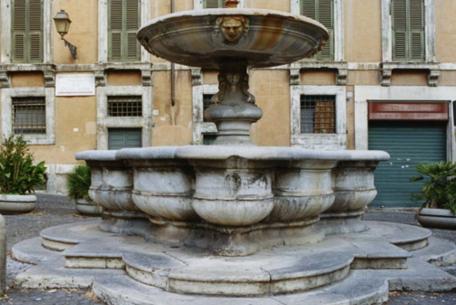
In 1587, under the pontificate of Pope Sixtus V, the restoration and reparation of the ancient Alexandrian Aqueduct were completed.

Der Brunnen entstand im Zuge der Neugestaltung des zentralen Teils der Piazza Mazzini.
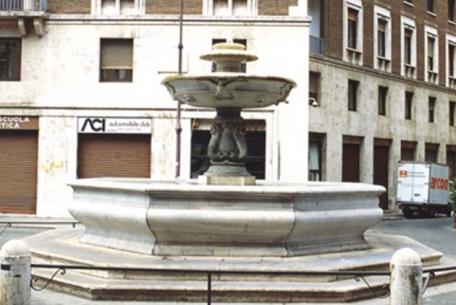

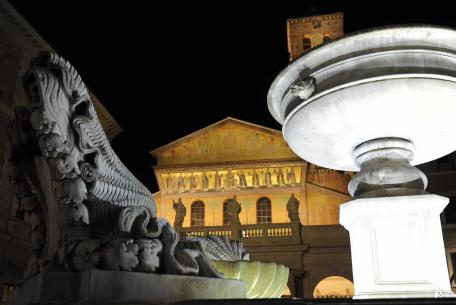
Er ist einer der ältesten Monumentalbrunnen Roms, der bereits im Plan von Pietro del Massaio aus dem Jahr 1471 verzeichnet ist, und war lange Zeit auch der einzige öffentliche Brun
[...]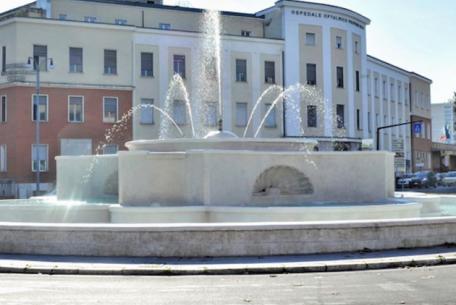
Built in 1949 in view of the Holy Year of 1950 as an exhibition of the waters of the Peschiera aqueduct - which has its own natural springs near Cittaducale (Rieti
[...]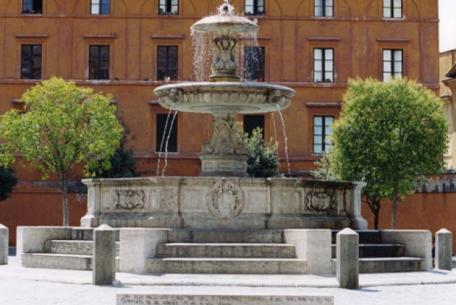
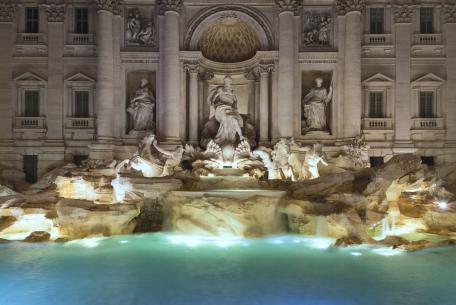
The most famous of the Roman fountains: a jewel of water and stone
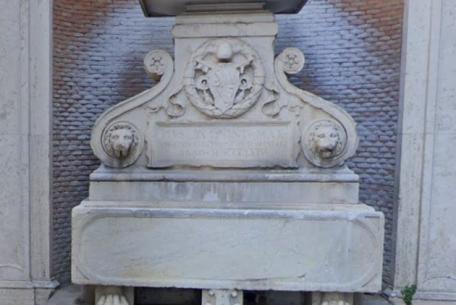
This fountain was originally placed in a wash-house facing the basilica di San Clemente. It was designed in 1864 by Virgilio Vespignani under pope Pious the Ninth Mastai Ferretti (1846-1878).

The fountain, formed by a large basin in Egyptian granite from Assuan, rests on a Carrara marble base in the centre of a large peperino basin.
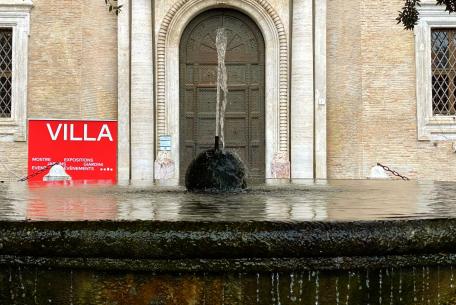
Opposite the Accademia di Francia in Villa Medici, near one of the numerous fascinatin
[...]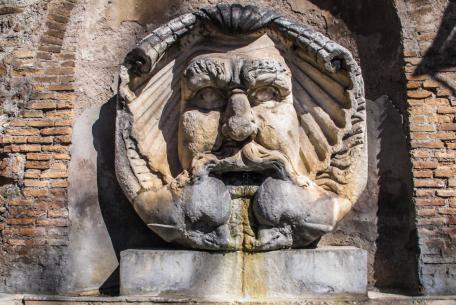
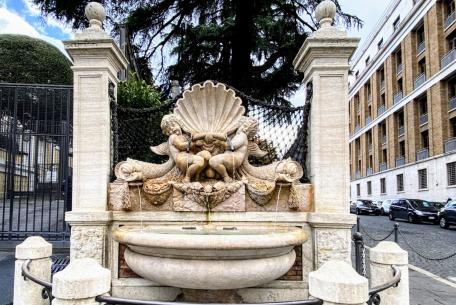
In the Rione Ludovisi, on the corner between Via Leonida Bissolati, Via Sallustiana and Via Friu
[...]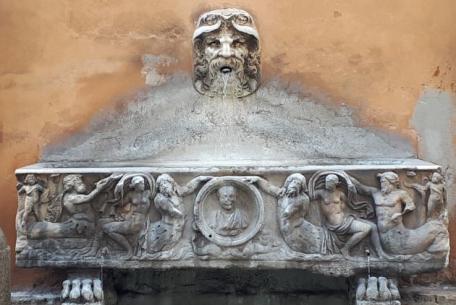
When Prince Don Marino Torlonia bought the current Nuñez-Torlonia palace, built in 1660 by Giovanni Antonio De Rossi for the Marquis Francesco Nuñez-Sanchez, he restored it and added a fountain
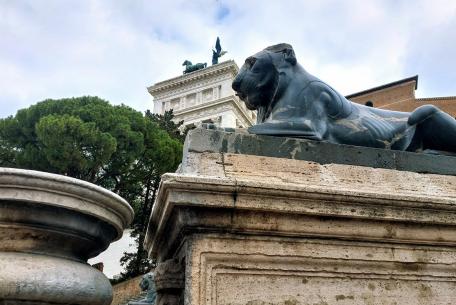
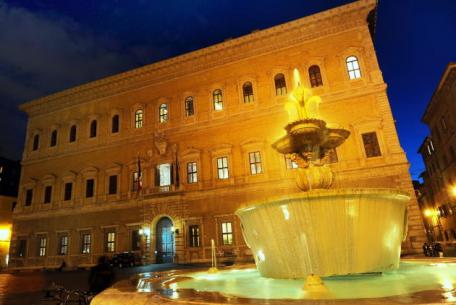

Auf dem berühmten Platz, der das Herz des Weltchristentums ist, stehen die „fast Zwillingsbrun
[...]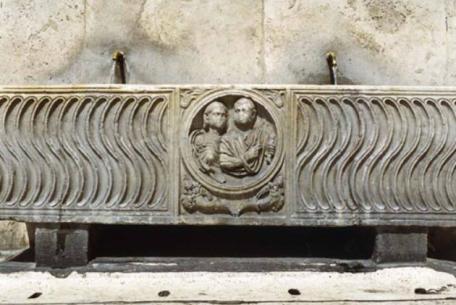
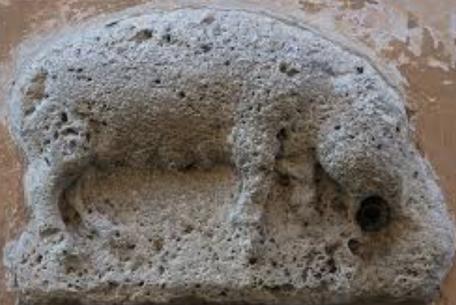
The small marble sow that gives the street its name, perhaps the fragment of an ancient bas-relief, is documented since 1445 as applied to the wall of the former convent of Sant’Agostino
[...]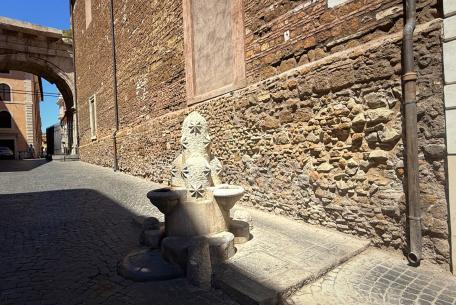
This small district fountain by P. Lombardi (1927) is placed in the surroundings of the Arch of Gallienus, the ancient Porta Esquilina in the Servian Walls.
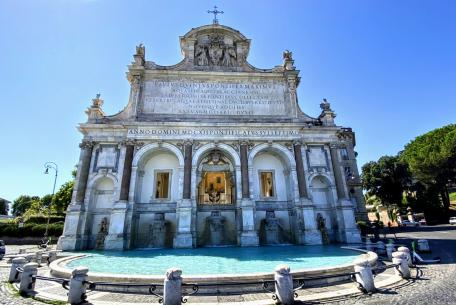
Die Fontanone dell’Acqua Paola (Fontanone del Gianicolo - großer Brunnen des Janiculum) geht auf die Zeit zwischen 1610 und 1614 zurück, und zwar dank der Architekten Giova
[...]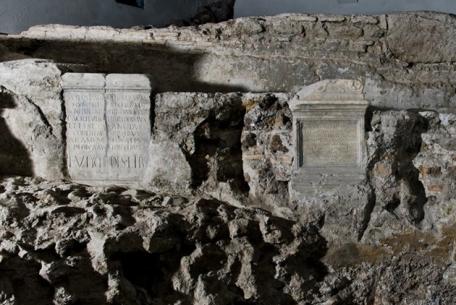
The Fountain of Anna Perenna was found in 1999 while conducting excavations for an underground car park at the corner of piazza Euclide and via G.

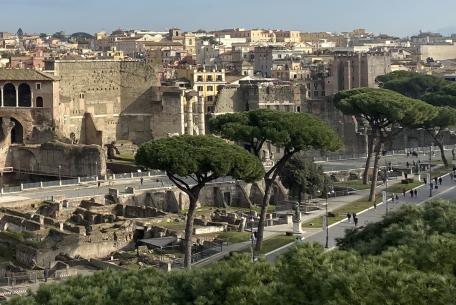

 Condividi
Condividi
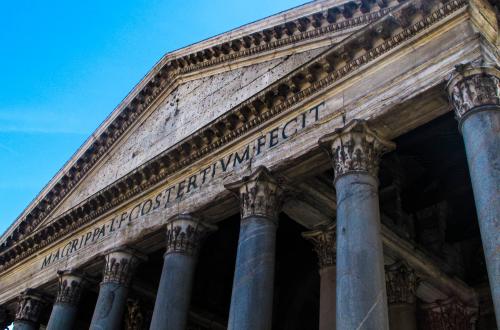
 Condividi
Condividi

 Condividi
Condividi
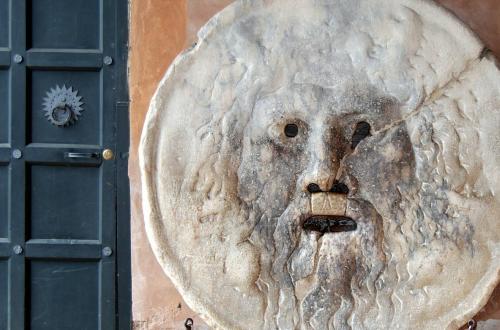
 Condividi
Condividi
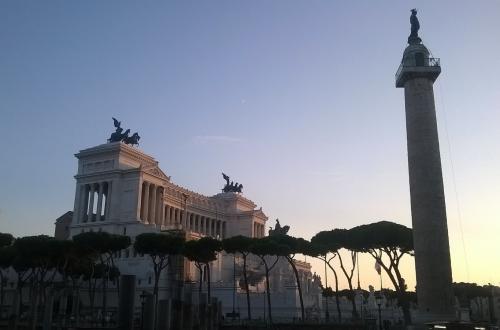
 Condividi
Condividi
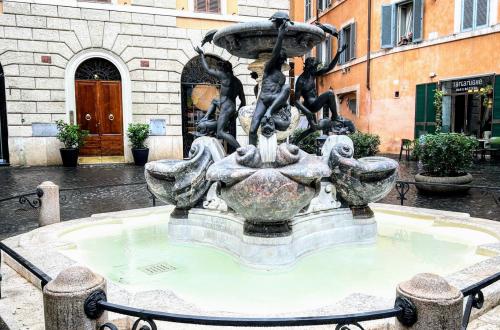
 Condividi
Condividi
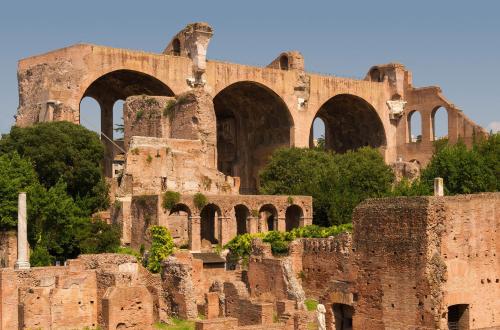
 Condividi
Condividi